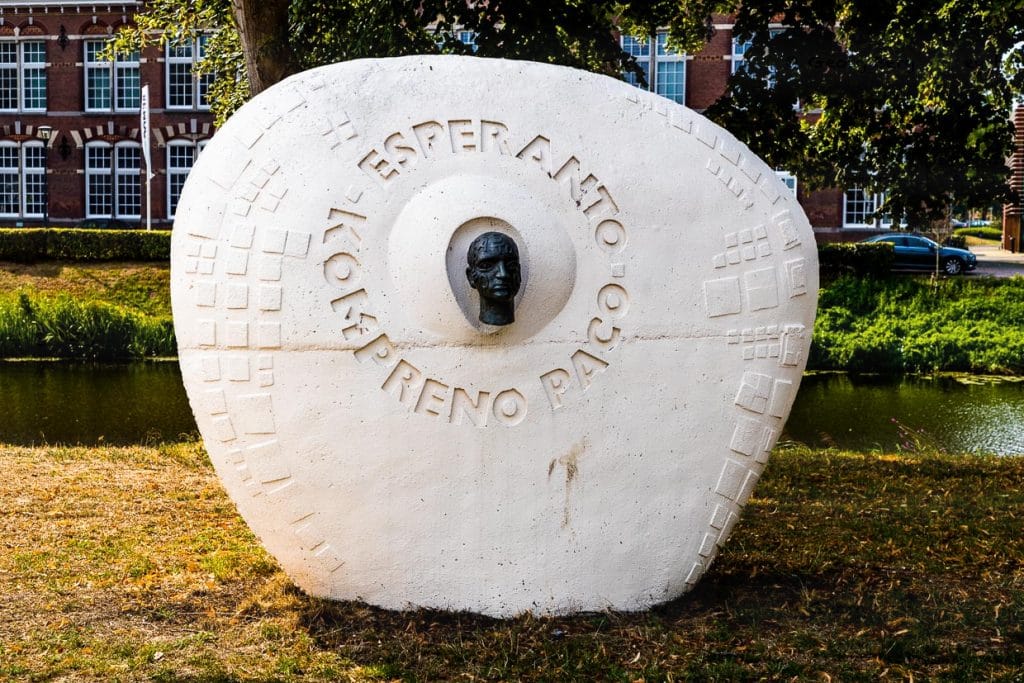When you travel the world, you have to deal with unfamiliar climates, foreign customs and languages that you wish you could master. Françoise Hauser, who knows a lot of languages herself, has written an entertaining book in which she describes the differences and similarities of the estimated 6,000 languages currently spoken in the world with a wealth of examples.

People from our culture have a hard time with Asian languages when they lack grammar and come with an immense number of characters and rules of politeness that are difficult to understand.
In the book Parlez-vous Español, please, Françoise Hauser spreads a lot of linguistic knowledge over 19 chapters, but the publisher incomprehensibly did not provide a table of contents for them. Thus, it is difficult to find the many overviews again, by which one was reluctant to be stopped during the fluent reading.
In the chapter on counting, one learns that in some languages there is no decimal system or no terms at all with which large quantities can be named accurately. In Japanese, it gets especially complicated because different words are used for each number depending on whether it’s general numbers, pieces, days of the month, cups, quantities, or elongated things.
Interestingly, there is also no single sign language. Among the world’s 300 different sign languages, even American and British sign languages provide occasions for exciting misunderstandings.
Artificial languages, such as the well-known Esperanto, were supposed to resolve the Babylonian language confusion. But for lack of a real community of speakers, none has made it into a world language.

The German language has most of the pitfalls due to its three genders. Just think of the different meanings when we say das Band (ribbon with which one binds something), die Band (which makes music) or der Band (volume, the bound book ). If we now add die Bande, (the gang) it becomes criminal.
How language determines thinking can also be understood by figurative idioms, such as those used in the title of this online magazine.
Thinking outside the box
When we travel abroad, we occasionally have to explain the name Tellerrand stories. In German, über den Tellerrand schauen means to have a broad horizon and to be curious about other points of view. English people tend to understand the same attitude with thinking out of the box. French people as born gourmets also like the literal translation, but understand the meaning better by going hors des sentiers battus (off the beaten path).
We’ve been making our cosmopolitan magazine accessible in different languages with automated translation software supported by Google Translate, which takes effect when you click (in the German version) on the country flags lined up at the bottom left of the page.
Tellerrand stories in English and French language versions are available translated by the more sophisticated language software DeepL in the linked subdomains https://en.tellerrandstories.de/ and https://fr.tellerrandstories.de/.
(*) This post contains advertising links (also called affiliate or commission links) that lead to Amazon.de.

